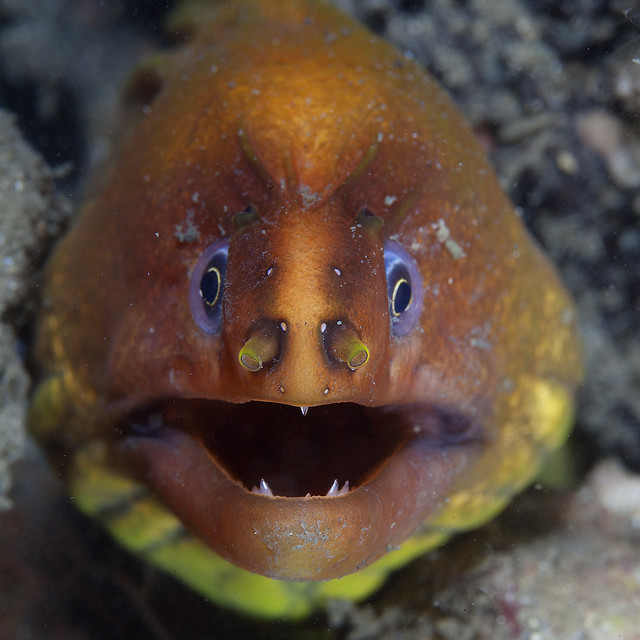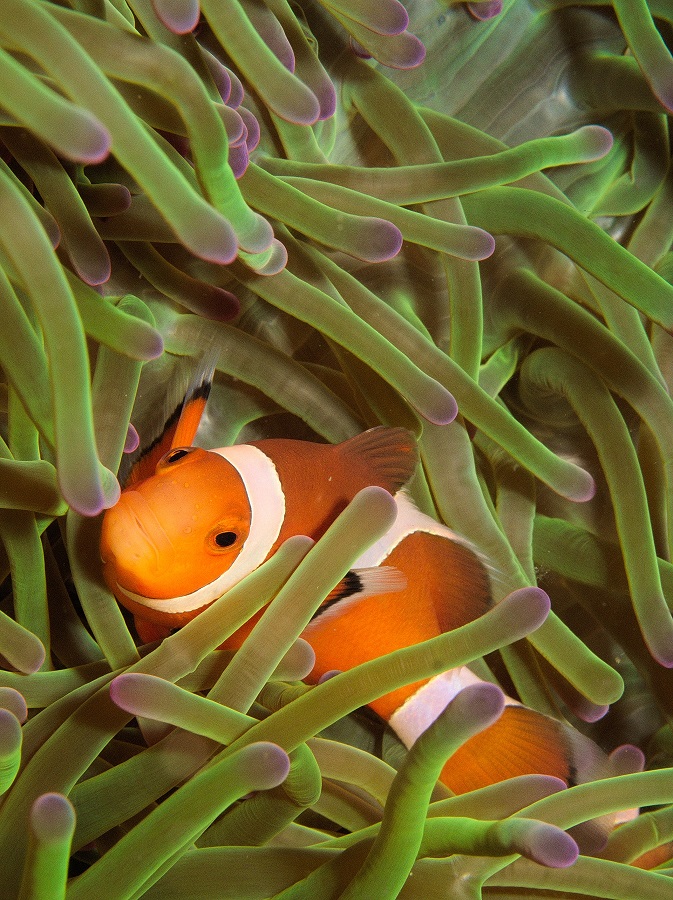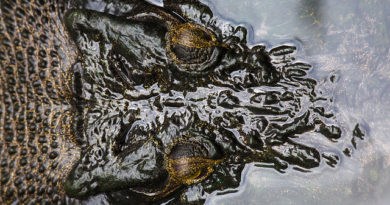A Quick Guide What Not To Miss Underwater in Sydney
Oh, it has been a while since I was underwater in lovely Sydney, Australia and surrounding beach-suburbs. But it was a grandiose time when some supreme submarine-savy mates & I were diving the waters between Nelson Bay and Jervis Bay. Recently I had a discussion with two mates who are heading to the Sydney area in the next few months, and I want to summarize some tips I gave them.
Here is a previous blog post of mine about Nelson Bay, the Lembeh Strait of New South Wales, and posts on scubadiverlife.com about Sydney dive sites Bare Island (note: not: Bear Island) and Ship Rock. Abyss Scuba Diving’s site has some info about the Sydney area’s dive sites and Michael McFayden’s website has lots of detailed info about Sydney diving.
But today I want to give you a quick primer on the animals you should try to see when in Sydney. If you are used to diving in the tropics, you will be familiar with a fauna which is highly biodiverse & fascinating, but relatively similar from the Red Sea to Micronesia. Sydney diving is different: You are not in the tropics any more, but in a transition zone between the sub-tropics and temperate waters. And, you are in Australia, a continent remote from other large landmasses: The temperate coasts of Australia are very far from other temperate oceans. This isolation breeds endemism, and you will find animals here which you’ll see nowhere else. Australia is also a very large country with only about 25 million inhabitants, so the coasts are not as overfished yet as in other parts of the world. Hence you will see a lot of nice sharks.
Check out the best of my shots from 3 years of diving in Sydney:
Try not to miss:
The Weedy Seadragon
Of course. This is the iconic Australian marine species. It’s a pipefish camouflaged as seaweed. These re surprisingly large, and surprisingly hard to find. Check with the locals where to find weedys – otherwise you will spend frustrating dives looking at kelp beds. When you find one, see if they are hunting for the tiny shrimps they feed on; they do this with a headbutting movement, and a sucking motion of their specialized mouth. It’s quite a spectacle, and if your buoyancy is good, and you swim calmly, the dragons will not be bothered by you observing them from up-close. When they are breeding, the males attach the fertilized eggs to their bellies, as all pipefish males do. Lookout for that!
There is also a leafy seadragon, which is also a seaweed-mimicking seahorse. This species occurs in South Australia, not around Sydney.
The Sydney Harbour Pygmy Seahorse (SHPS)
Another seahorse relative restricted to Australian temperate waters, probably to the few hundred kilometres of coastline around Sydney. These tiny seahorses mimic filamentous algae.
“So, Klaus, where is your picture of a Sydney pygmy?” Yeah, yeah, rub it in. I don’t have one. My Sydney friends reliably figured out how to find them a few months after I left Oz.
This fish tries to convince the onlooker that it is a flattened sponge. It’s a very odd fish. Again, it’s not a small animal, up to 30 cm in length, but very easy to miss since it does a very good job in mimicking the flat red sponges which are quite abundant in the Sydney area. The red Indian fish is so convinced of its camouflage that it won’t even move much when you are almost on top of it. Of course we love our red Indian fish, so please don’t harass it even if it’s a very very placid animal.
Nudibranchs
Of course there are many many nudibranchs in tropical reefs frequented by divers, but Sydney has its own, very distinct sea slug fauna. Also, there is a clear nudibranch life cycle in Sydney: in the winter’ you won’t see any. In the spring, small nudis appear, and in the summer and autumn the ocean is full of them. Then you will also see many many couples of mating nudibranchs. It’s not high-intensity sex (they barely move, just stick on top of each other), but still cool to observe.
Grey Nurse Sharks
These are fish-eating sharks which hunt (probably socially – amazing for a fish!) at dusk and dawn. During the day they tend to hang out in groups, always at the same locations, often in caves or around rocky points. Magic Point in Mourubra, a surfer suburb of Sydney is one spot to see gray nurse sharks. You just need to drop down to 16 meters, relax, and look at the sharks in front of their home cave. This dive can be done as a beach dive, but it’s quite a swim, so it’s better to do it as a short boat dive.
Wobbegongs
Massive, massive bottom living sharks which don’t move much during the day and are willing to pose for photographs unless you are making a special effort to be annoying. If you approach them with some respect you can get great wide-angle shots of these bearded Chondrichthyes.
The Aussie Diver
When I was in Sydney I greatly enjoyed the camaraderie in the diving community there. I did my instructor training and then worked casually at Abyss Scuba Diving, and that’s a great dive shop with great people, but there are a number of other excellent dive shops as well. Abyss organizes free guided shore dives every weekend, which are very worth joining. You won’t take long to make underwater friends, and you will likely end up putting the stereotypical shrimp on the barbie with them soon after!
And this is a video I shot about the sharks and rays of Sydney – I used an action cam which in retrospect I’ll have to say is not a great tool, but I still like the footage. Music by my mate the famous Aussie pub-rocker Paul!



